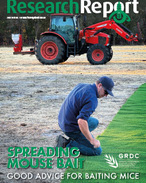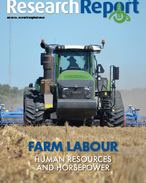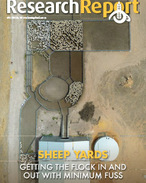This article is 8 years old. Images might not display.
According to Dr Abul Hashem from the Department of Agriculture and Food WA (DAFWA), soil acidity limits productivity on approximately 50 per cent of Australia's agricultural land and several important weed species have an advantage where the surface soil pH level is less than 5.5 or the subsurface pH is less than 4.8.
The WA weed science principal research officer said efforts to improve soil pH have a two-pronged effect on crop production.
"Firstly, agricultural crops yield better when they are grown in soils where the pH is in the optimal zone and secondly, crops are better able to compete with weeds," Hashem said.
"Having lower weed numbers in-crop means the herbicides applied are more likely to be effective and also there is less potential for weed seed to be added to the soil's seed bank," he said.
Where soil acidity was removed as a constraint to production, DAFWA researcher Chris Gazey and Joel Andrew from Precision SoilTech measured a total biomass increase of 160% compared to the control (un-limed) acidic profile in a trial at Kellerberrin, WA and the weed biomass was reduced to only 3% of the total biomass.
Dr Hashem said it is usually several years before a lime application has a measurable effect on soil pH, especially in the subsurface.
"In our GRDC-funded trials at Merredin, Wongan Hills and Eradu from 2010 to 2014 with researchers from the Australian Herbicide Resistance Initiative (AHRI) at the University of Western Australia, we saw reductions in populations of wild radish, annual ryegrass and barley grass of between 40 and 70% in the fourth year of the trial as a result of lime applications."
Surface pH can also impact on the breakdown processes of residual herbicides, potentially impacting future crop safety and exposing later generations of weeds to sub-lethal doses of the herbicide.
Crop competition is one of the most effective non-herbicide weed control tactics available and managing the soil's surface and sub-surface pH is central to enhancing plant growth and productivity, giving crops the winning edge against weeds.






















